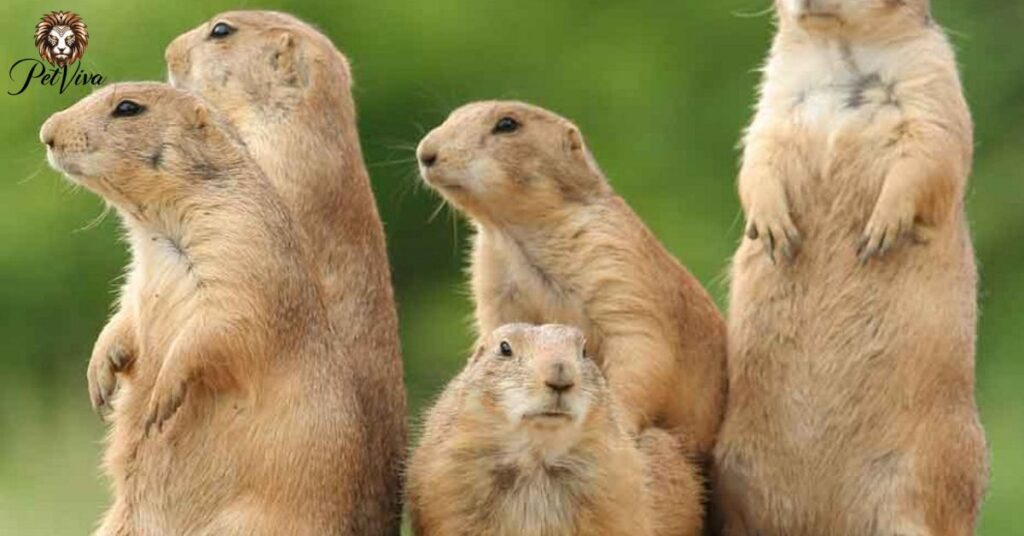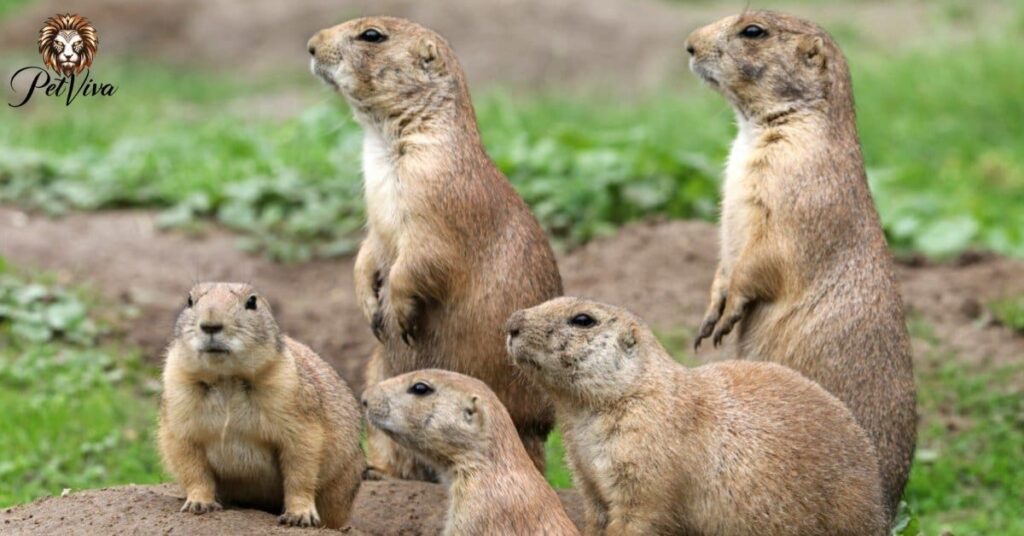Fined the truth about milking prairie dogs: Uncover surprising facts and separate myth from reality in this informative exploration.
Curious about the possibility of milking prairie dogs? Embark on a journey with us as we delve into the unexpected truths behind this intriguing question. Join our exploration to uncover surprising facts and dispel myths surrounding the idea of prairie dog milking. Prepare to be astonished by what you learn about these fascinating creatures!
Uncover intriguing truths about prairie dog milking in this enlightening exploration. Delve into surprising facts about this curious topic.
Can You Milk a Prairie Dog: Exploring the Notion of Milking
Exploring the notion of milking prairie dogs involves understanding their biology and behaviors. Despite misconceptions prairie dogs do not produce milk in quantities suitable for human consumption as they are not domesticated animals like cows or goats
It’s essential to dispel myths and approach this topic with scientific scrutiny. While prairie dogs may lactate to nourish their offspring attempting to milk them for human consumption is not practical or ethical. Instead focus on learning about prairie dog behavior and conservation efforts to appreciate these animals in their natural habitat.
The scientific reality is that prairie dogs are not suitable for milking. Unlike domesticated dairy animals, such as cows or goats prairie dogs do not produce milk in quantities feasible for human consumption due to their biology and size.

Attempting to milk prairie dogs is neither practical nor ethical. It’s crucial to understand the limitations of their lactation and respect their role in the ecosystem. Instead focus on observing and learning about prairie dog behavior in their natural habitat to appreciate their significance to the environment.
What Are Prairie Dogs?
Prairie dogs are small burrowing rodents native to North America, known for their complex underground tunnel systems called towns.
These social animals live in colonies and communicate through various vocalizations and behaviors, serving as keystone species in grassland ecosystems by creating habitats for other wildlife. When observing prairie dogs maintain a safe distance to avoid disturbing their burrows and natural behavior. Appreciate their role in the ecosystem and refrain from attempting to domesticate or handle them as pets.
Exploring Prairie Dog Milk Myths
Exploring prairie dog milk myths involves investigating the misconceptions surrounding the idea of harvesting milk from these animals.
Despite some beliefs prairie dogs do produce milk, but solely to nourish their young and not in quantities suitable for human consumption. Approach this topic with scientific inquiry and avoid perpetuating false information about prairie dog milk. Instead focus on learning about their natural behaviors and ecological significance in grassland ecosystems.
Fact or Fiction: Debunking Myths About Prairie Dog Milk
When exploring the topic of prairie dog milk, it’s essential to distinguish between truth and fiction, addressing misconceptions and debunking myths. While prairie dogs indeed produce milk to nourish their offspring, the notion of extracting it for human consumption, including the question CAN DOGS EAT JELLY, is both impractical and morally dubious.
Rather than perpetuating false beliefs, it’s crucial to rely on scientific facts. Instead, let’s channel our efforts into comprehending their natural behaviors and ecological significance within grassland ecosystems. By responsibly observing and conserving wildlife, we can foster a deeper appreciation for these creatures and safeguard their existence in their native environments.
Prairie Dog Milk: Separating Fact from Fiction
Separating fact from fiction regarding prairie dog milk involves examining scientific evidence and dispelling misconceptions.

While prairie dogs do produce milk to nourish their offspring, the idea of harvesting milk from them for human consumption is unrealistic and not supported by scientific research. It’s crucial to rely on accurate information and avoid spreading myths about prairie dog milk
. Instead focus on understanding their natural behaviors and ecological importance in grassland ecosystems. Engage in responsible wildlife observation and conservation efforts to appreciate and protect these animals in their natural habitat.
Dispelling Myths: Understanding Prairie Dog Milk
Understanding prairie dog milk involves dispelling common myths and gaining accurate knowledge about its purpose and availability.
Contrary to misconceptions prairie dogs do produce milk, but solely for nourishing their young and not for human consumption. It’s important to rely on scientific evidence and avoid perpetuating false beliefs about prairie dog milk.
Instead focus on learning about their natural behaviors and ecological role in grassland ecosystems. Engage in responsible wildlife observation and conservation efforts to appreciate and protect these animals in their natural habitat.
Untangling the Mystery: Can Prairie Dogs Produce Milk?
Untangling the mystery of prairie dog milk involves understanding their reproductive biology and lactation process.
Prairie dogs do produce milk but exclusively to nourish their offspring similar to other mammals. However the notion of harvesting milk from prairie dogs for human consumption is not practical or ethical. Instead focus on observing and appreciating prairie dogs in their natural habitat while respecting their role in the ecosystem.
Engaging in responsible wildlife observation and conservation efforts can help protect these animals and their habitats for future generations to enjoy.
Frequently asked Question
Can prairie dogs feel love?
Prairie dogs exhibit social behaviors but don’t experience emotions like humans do.
Are prairie dogs nice to humans?
Prairie dogs may exhibit curiosity but generally keep their distance from humans.
What are the facts about prairie dogs babies?
Prairie dog babies called pups, are born hairless and blind and are cared for by their parents and the colony.
What can prairie dogs do?
Prairie dogs build intricate burrow systems communicate through vocalizations and forage for food in grassland ecosystems.
Conclusion
the exploration into whether prairie dogs can be milked reveals intriguing truths about these creatures. While they do produce milk for their young, the idea of harvesting it for human consumption proves impractical and ethically questionable. Through scientific inquiry we’ve separated fact from fiction and gained a deeper understanding of prairie dog biology and behavior.
As we unravel the mystery surrounding prairie dog milk it’s essential to approach the topic with respect for these animals’ natural role in the ecosystem. Rather than focusing on unrealistic practices, we can appreciate and protect prairie dogs in their native habitats. By debunking myths and fostering responsible wildlife observation we can ensure the well-being of prairie dog populations while gaining valuable insights into their fascinating lives.







